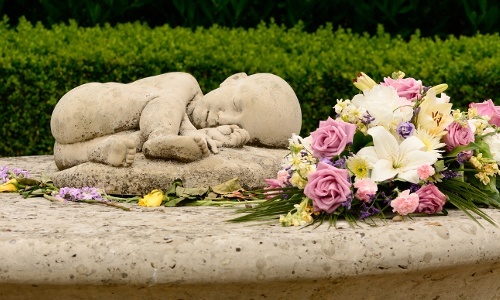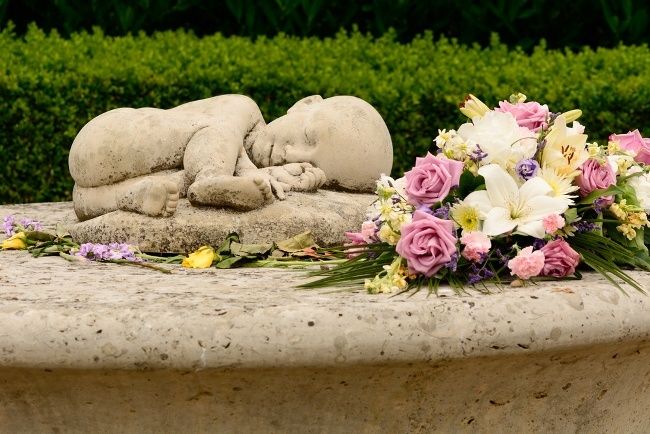

In January, the Los Angeles Times ran a story on the fracking boomtown of Vernal, Utah. It described how a midwife named Donna Young was attacked and demonized for drawing attention to an increase in stillbirths in the town and its resistance to the idea that the industry that provides half its annual budget could be responsible.
Now Rolling Stone Magazine has done a deeper dive into Vernal’s story, as well as the political story behind its story, exploring how formerly rural areas came to be fracking hubs and how that’s impacted their residents, in a piece, “What’s Killing the Babies of Vernal, Utah?”
It describes how Young has lost most of her clients, received death threats and uncovered an attempt to poison her livestock after raising questions about whether Vernal’s booming oil industry had caused the wave of stillbirths, miscarriages and birth defects it’s seen in the last several years.
“In most places, detecting a grave risk to children would inspire people to name a street for you,” writes reporter Paul Solotaroff. “But in Vernal, a town literally built by oil, raising questions about the safety of fracking will brand you a traitor and a target.”
Two years ago, Young discovered that at least 10 babies had died in 2013 alone, a high number for a town of 10,000. She brought the issue to the attention of TriCounty health director Joe Shaffer. The department undertook a study but Young says it was a half-hearted attempt to uncover the cause of the epidemic, a deliberate attempt to evade the truth. As Rolling Stone describes it:
The county merely counted up infant deaths and brushed aside the facts about Vernal air pollution: ozone readings that rivaled the worst days of summer in New York, Los Angeles or Salt Lake City; particulate matter as bad as Mexico City; and ground air fraught with carcinogenic gases like benzene, rogue emissions from oil and gas drilling. Indeed, pollution was so bad in this rural bowl that it broke new ground in climate science. The Basin, which is bound on all four sides by mountains, is a perfectly formed bowl for winter inversions, in which 20-below weather clamps down on the valley and is sealed there by warmer air above it. During those spells, when the haze is visible and the air in one’s lungs is a cold chisel, the sun’s rays reflect off the snow on the ground and cook the volatile gases into ozone. The worst such period in the Basin’s recent history was the winter of 2012-13, when nearly all the Uintah mothers whose babies died were pregnant.
When the study was released, the deaths were called “statistically insignificant.” The epidemiologist who conducted the study told citizens passed off the blame for the deaths on the mothers’ health issues including smoking, diabetes and prenatal neglect.

 233k
233k  41k
41k  Subscribe
Subscribe 
